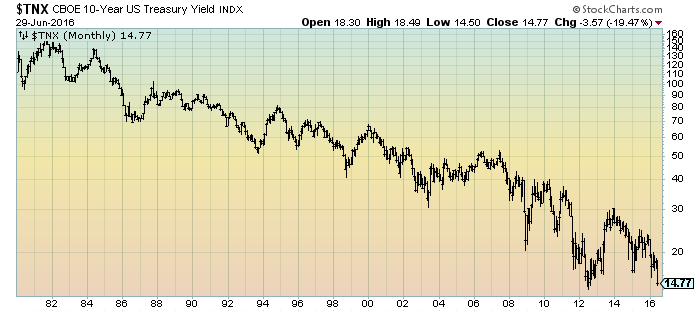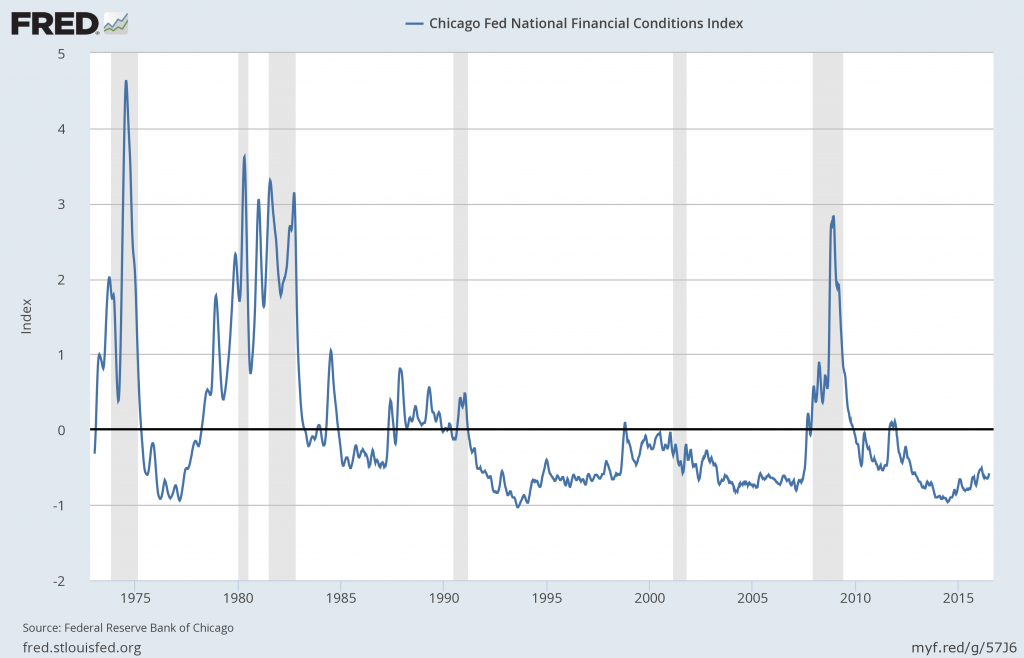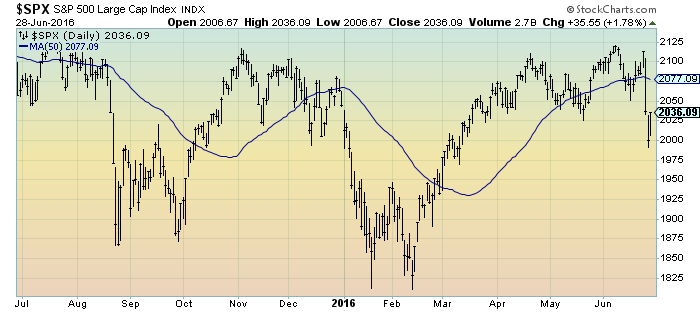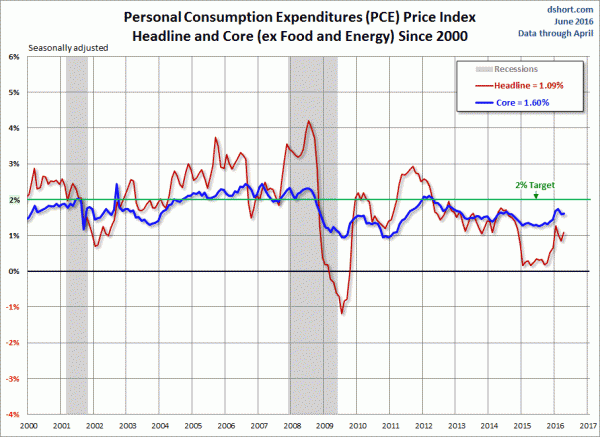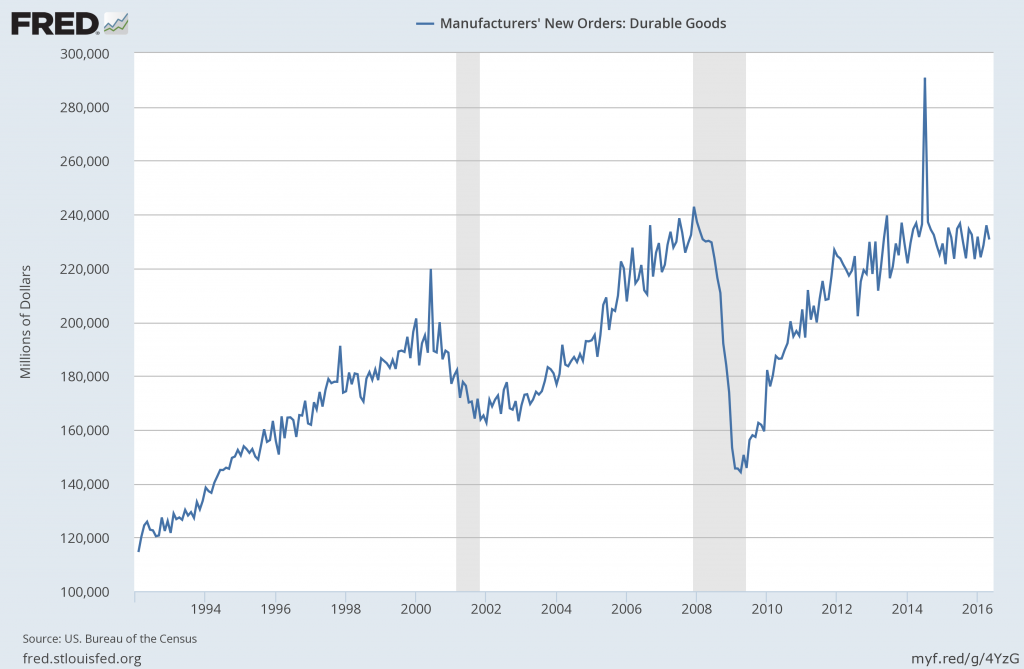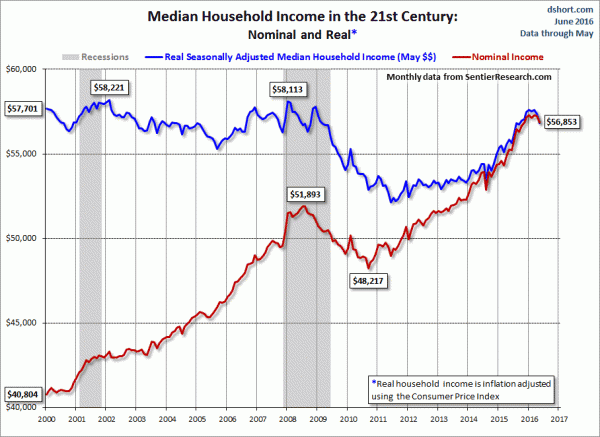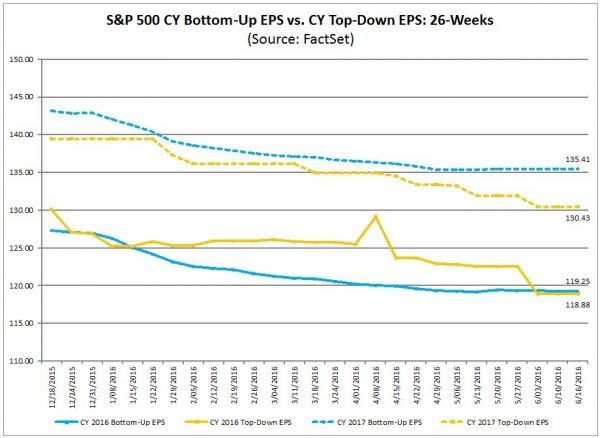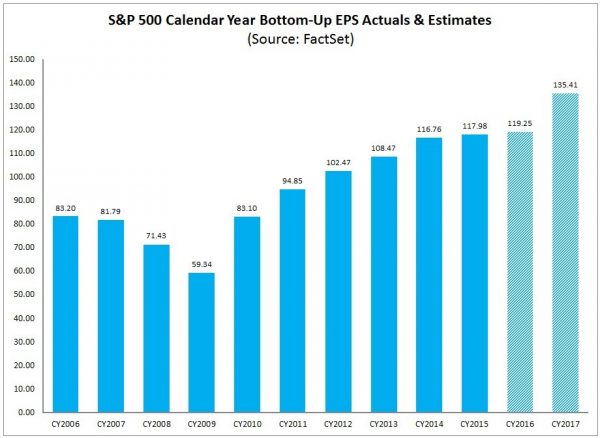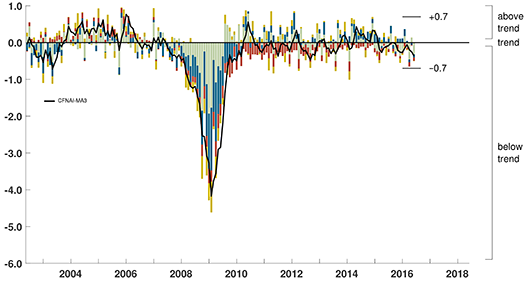Recently Deloitte released their “
CFO Signals” “High-Level Summary” report for the 2nd Quarter of 2016.
As seen in page 2 of the report, “One hundred forty CFOs responded during the two-week period ending May 20. Seventy-two percent of respondents are from public companies, and 78% are from companies with more than $1B in annual revenue. For more information, please see the “About the survey” section of this report."
Here are some of the excerpts that I found notable:
from page 3:
How do you regard the current and future status of the North American, Chinese, and European economies? Forty percent of CFOs describe the North American economy as good or very good (41% last quarter), and 39% expect better conditions in a year (up from 35% last quarter). Nine percent regard China’s economy as good (same as last quarter), and 10% expect improvement (down from 11%). Six percent describe Europe’s economy as good (up from 5%), and only 15% see it improving in a year (down from 17%). Page 8.
What is your perception of the capital markets? Fifty-six percent of CFOs say US equity markets are overvalued (up dramatically from 30% last quarter). Eighty percent say debt is currently an attractive financing option (up from 68%), and 30% of public company CFOs view equity financing favorably (up from 22% last quarter). Page 9.
Compared to the past 12 months, how do you expect your key operating metrics to change over the next 12 months?* Revenue growth expectations rose from 3.3% to 4.0%, but are still among their survey lows. Earnings growth expectations rose to 7.7% from last quarter’s survey-low 6.0%. Capital spending expectations rebounded strongly from last quarter’s survey-low 1.7% to 5.4%. Domestic hiring growth expectations rose to 1.1% from last quarter’s survey-low 0.6%. Pages 11-13.
*Averages are means that have been adjusted to eliminate the effects of stark outliers.
from page 4:
Better (but not good) expectations
This quarter’s net optimism¹ of +30.0 marks a sharp reversal from declining sentiment that left last quarter’s measure at +1.7—the lowest level in more than three years. Sentiment is net-positive across all industries, with both Manufacturing and Energy/Resources posting significantly more optimism than they did last quarter. Consistent with this reversal, CFOs’ expectations for revenue, earnings, capital spending, and domestic hiring all rebounded from last quarter’s mostly dismal levels. But the gains for some metrics were modest. Revenue growth expectations, for example, rose from last quarter’s 3.3%* to 4.0%,* but remain relatively low. Moreover, nearly all industries continue to show weakness, with Manufacturing again lowest. Similarly, earnings growth expectations rebounded from their survey-low 6.0%* last quarter to 7.7%*—better, but still well off the long-term average. All industries expect positive growth (with Energy/Resources and Healthcare/Pharma highest and Manufacturing improving), but most are still comparatively low. Domestic hiring growth expectations rose to 1.1%* from last quarter’s survey-low 0.6%,* but they are still relatively low as well. Energy/Resources, Manufacturing, and Services were all below 0.5%. Capital spending is the bright spot, rebounding strongly from last quarter’s survey-low 1.7%* to 5.4%*—the highest level since the second quarter of 2015. Expectations for Manufacturing improved, but Energy/Resources again lagged.
* Arithmetic means adjusted to eliminate the effects of stark outliers
from page 11:
Revenue and earnings
What are CFOs’ expectations for their companies’ year-over-year revenue and earnings?
Revenue¹
Expectations bounced back somewhat, but are still among their survey lows; weakness is again evident across nearly all industries:
• Last quarter’s revenue growth expectations were 3.3%, only slightly above the 2Q15 survey low of 3.1% and well below the prior quarter’s 5.9%. This quarter’s expectations improved to 4.0%, but are still among the lowest levels in the survey’s history. The median expectation rose from a survey-low 3.0% to 4.0%, and just 72% of CFOs expect yearover-year gains (a new survey low). The distribution² of this quarter’s responses is among the widest on record.
• Country-specific expectations are 3.7% for the US (up from 3.3% last quarter), 3.1% for Canada (up from 2.2%), and 8.6% for Mexico (up from 4.5%).
• Industry expectations are mostly low, with Manufacturing lowest at 2.1% (up from 0.7% last quarter) and Energy/Resources at 3.1% (even with last quarter). Technology and T/M/E are the only industries above 6%, at 6.7% and 6.9%, respectively.
Earnings¹
Expectations improved across all geographies and recorded a substantial rebound in Manufacturing:
• This quarter’s earnings growth expectations came in at 7.7%, significantly above last quarter’s survey-low 6.0%. The median rebounded from 5.0% to 7.0%, but the percentage of CFOs expecting year-over-year gains fell from 79% last quarter to just 76%—a new survey low. The distribution² of responses was well above the two-year average.
• Country-specific expectations are 7.3% for the US (up from 6.4% last quarter), 9.4% for Canada (up from 4.2%), and 9.7% for Mexico (up from 3.1%).
• All industries expect positive growth, with Healthcare/Pharma and Energy/Resources highest at 11% and 10%, respectively. Manufacturing improved from 5% to 8%. Technology and Services are again comparatively low at around 6%.
[1] All averages have been adjusted to eliminate the effects of stark outliers.
[2] “Distribution” refers to the spread of the middle 90% of responses.
from page 13:
Employment
What are CFOs’ expectations for their companies’ year-over-year hiring?
Domestic hiring¹
Expectations rebounded to levels consistent with a year ago:
• Domestic hiring expectations rose to 1.1%, up from last quarter’s survey-low 0.6% and consistent with 2015 levels. The median rose from 0.0% to 1.0%, a bit above the survey average of 0.7%. The proportion of CFOs expecting gains rose from 47% to 55% and is back near the survey average. The distribution² of responses is about average compared to recent quarters.
• Country-specific expectations are 0.9% for the US (above last quarter’s 0.7%, but still at the second-lowest level in three years), 0.9% for Canada (up from - 0.9% last quarter), and 3.9% for Mexico (up from 2.7% last quarter).
• Technology, T/M/E, and Retail/Wholesale are highest at 3.2%, 2.7%, and 2.0%, respectively. Energy/Resources again indicated a contraction (-0.5%, which is about even with last quarter). Manufacturing and Services were also low, both with estimates below 0.5%.
Offshore hiring¹
Expectations declined and are again well below their long-term average:
• Offshore hiring growth fell to 1.8%, down slightly from last quarter’s 1.9% and the lowest level in three years. The median remains at 0.0%, and just 39% of CFOs expect year-over-year gains (down from last quarter’s 45%).
• Country-specific expectations are 1.9% for the US (up slightly from 1.8%), 0.0% for Canada (down from 2.8%), and 1.6% for Mexico (up from 0.4%).
• Technology again indicates the highest expectation at 4.0% (up from 3.4%), with Energy/Resources and Healthcare/Pharma the lowest at 0.0% and 0.5%, respectively.
Domestic wage growth¹
Expectations up significantly, possibly indicative of upward wage pressures:
• Domestic wage growth rose to 3.1%, up from last quarter’s 2.5%. The median held at 3.0%, and 96% of CFOs expect year-over-year gains.
• Country-specific expectations are 3.1% for the US (up from 2.5%), 2.2% for Canada (up from 2.1%), and 4.6% for Mexico (up from 4.1%).
• All industry-specific expectations are between 2.6% and 3.9% (versus 2.2% and 3.1% last quarter), with Energy/Resources and Healthcare/Pharma on the low end and Technology highest.
[1] All averages have been adjusted to eliminate the effects of stark outliers.
[2] “Distribution” refers to the spread of the middle 90% of responses.
Please see full report for industry-specific findings.
from page 15:
Most worrisome risks
Which external and internal risks do CFOs regard as most worrisome?
External concerns: Rising concerns about oil prices, the US economy, and politics:
• Still-rising commodity price worries: After climbing significantly last quarter, worries about oil and other commodity prices continued to rise this quarter.
• Continuing concerns about broader global economic volatility: For the last two quarters, CFOs’ concerns appeared to shift from a specific focus on Europe and China to a more generalized focus on global economic stagnation and volatility. This trend largely continue this quarter, but was offset somewhat by rising concerns about the US economy.
• Sharply rising concerns about the US economy: Where last quarter’s rising concern was driven mostly by worries about the effects of struggling equity markets on consumer demand, this quarter’s rise appears driven by worries about US political and policy uncertainty as the 2016 elections approach.
• Sharply rising election and policy concerns: Regulatory concerns are again strong and industry dependent. US presidential election worries skyrocketed this quarter, with CFOs citing growing uncertainty around international trade, government spending, and tax policy.
• Declining concerns about financial markets: With equity markets having mostly recovered since last quarter’s survey, concerns about financial markets declined this quarter. Concerns about interest rates and a strong dollar continued, however, and worries about global debt levels (for both China and elsewhere) emerged as a growing concern.
Internal concerns: Rising concerns about growth
• Consistent talent challenges: Concerns around retention, an aging workforce, and leadership turnover continued this quarter.
• Escalating growth and execution concerns: CFOs voiced growing concerns about finding growth opportunities, executing their growth initiatives, innovating, and executing against their strategies and plans.
–
Among the various charts and graphics in the report are graphics depicting trends in “Own Company Optimism” and “Economic Optimism” found on page 6.
_____
I post various business and economic surveys because I believe they should be carefully monitored. However, as those familiar with this blog are aware, I do not necessarily agree with many of the consensus estimates and much of the commentary in these surveys.
_____
The Special Note summarizes my overall thoughts about our economic situation
SPX at 2036.09 as this post is written
